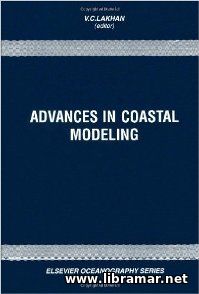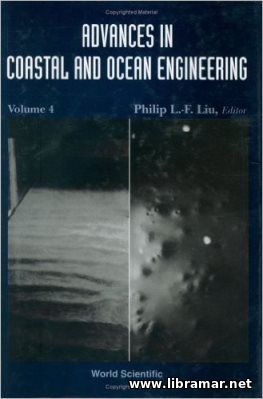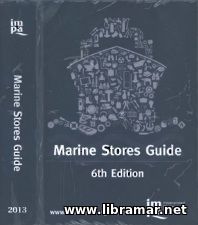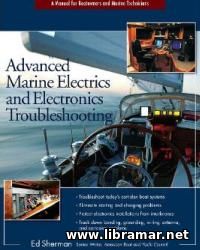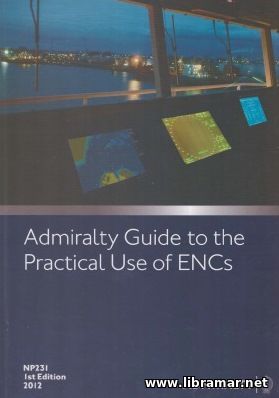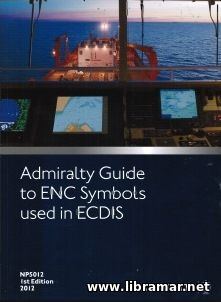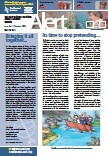
The ninth issue of the International Maritime HE Bulletin sponsored by LR and published by the Nautical Institute. This issue is dedicated to the actual ship operations at sea and to the human element involved. Among the topics discussed there are stress experienced at sea, crew claims and P&I Club's perspectives, vital importance of the communication skills to safe operations, good working practices. It is clear and obvious that no ship in the world can run without a crew on board that ship, that is the reason why it is very important to consider people who are going to be operating the ship that you are designing and building.
There are so many different and complex systems installed on any vessel for various purposes - for sure, all of them are complying with the very strict standards and installed as per allowable tolerances. However, their reliability and efficiency may be undermined in case their set-up is incorrect or if they are not monitored and maintained properly, the way they should be, and these tasks are undertaken by the human element of any system, so we are talking about seafarers... As usual, there are also some news and incident reports, and a short supplementary video film.
